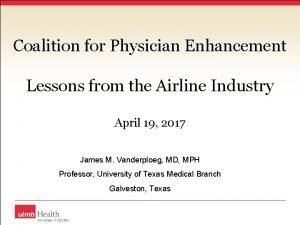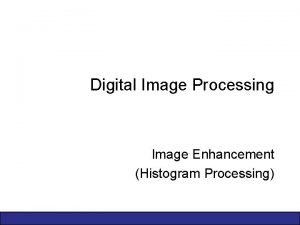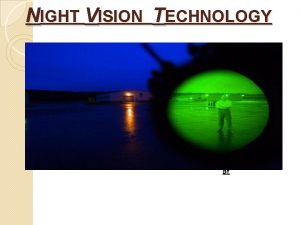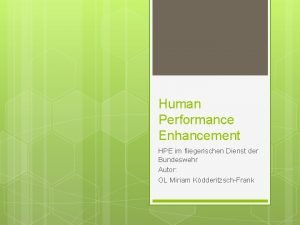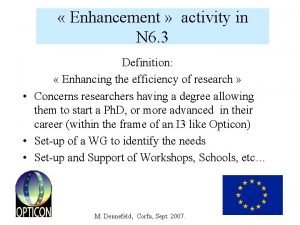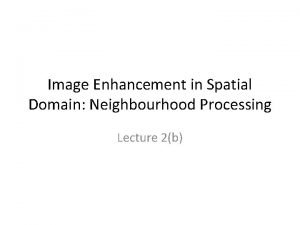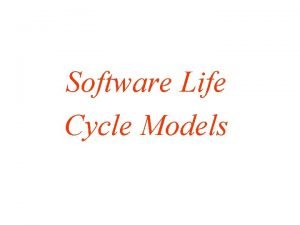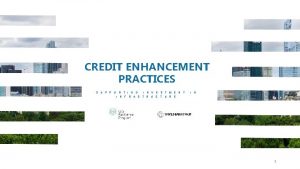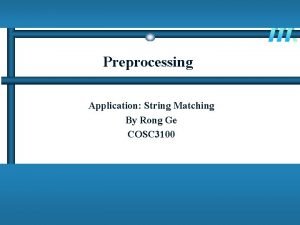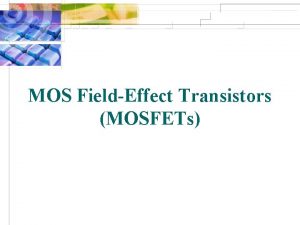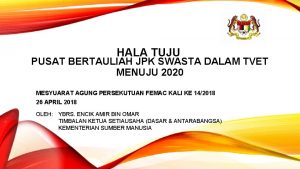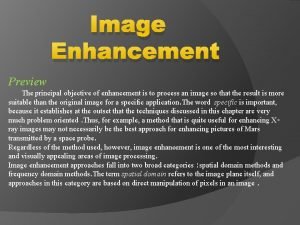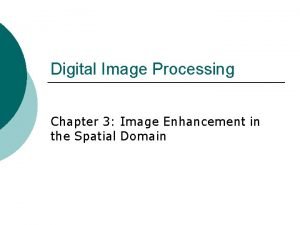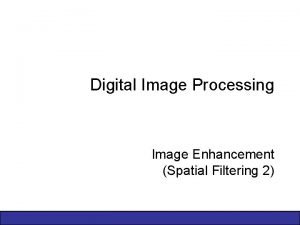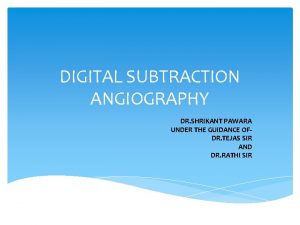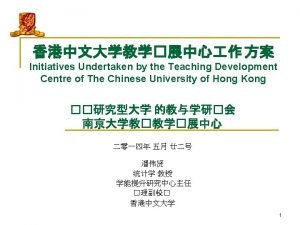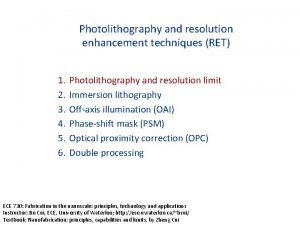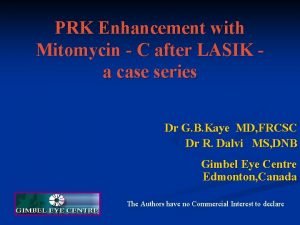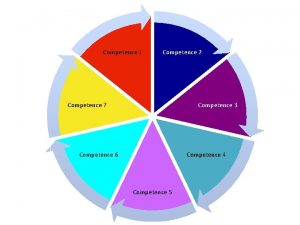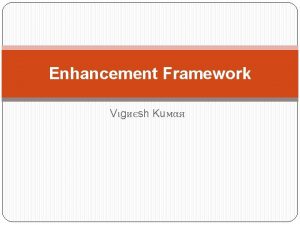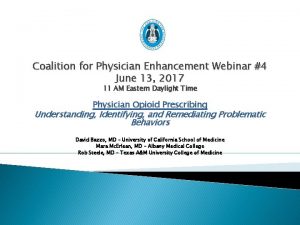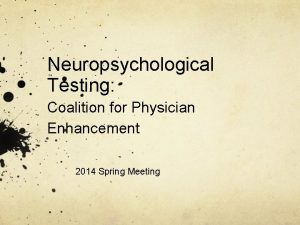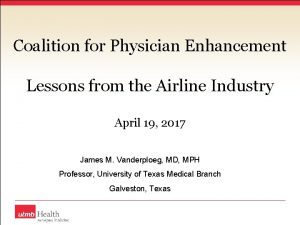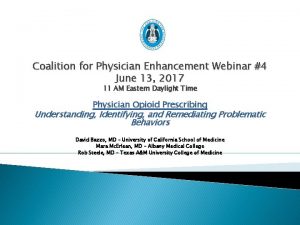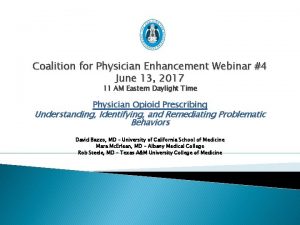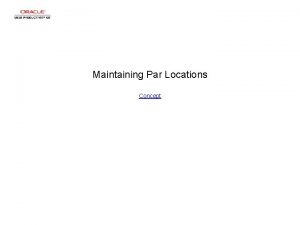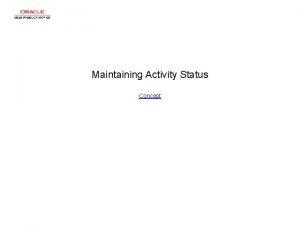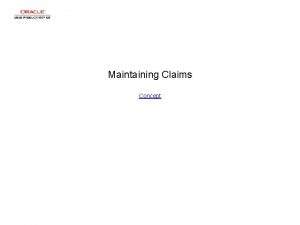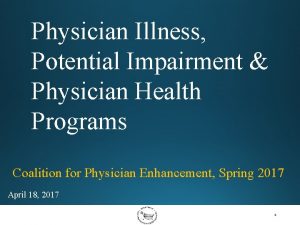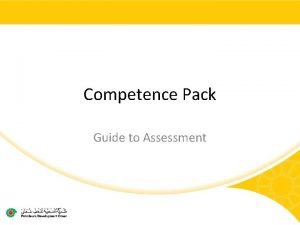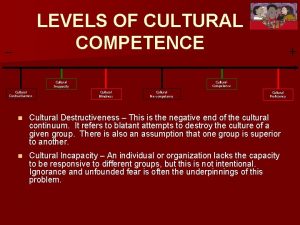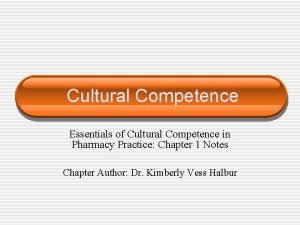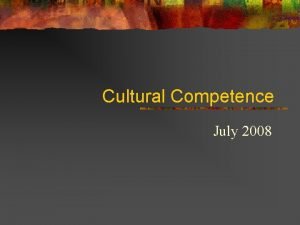Coalition for Physician Enhancement Maintaining Physician Competence A

























- Slides: 25

Coalition for Physician Enhancement Maintaining Physician Competence: A Global Perspective Ottawa, Ontario Oct 4, 2012 The New PEER Model: A (R)evolution in Peer Assessment at the CPSO Presented by CPSO Research and Evaluation Team: Rhoda Reardon, Nanci Harris, Wendy Yen, Craig Nathanson College of Physicians and Surgeons of Ontario 1

Presentation Outline: 1. 2. 3. 4. ‘Back story’ Change Drivers Vision Delivering change – a work in process College of Physicians and Surgeons of Ontario 2

Who We Are CPSO Registers and Regulates Ontario’s 30, 000 Physicians College of Physicians and Surgeons of Ontario 3

History of peer assessment at CPSO • Around since 1980 • First of its kind in Canada • ~ 385 trained peer assessors, ~ 1700 peer assessments annually • Random and targeted (e. g. , 70+ years old) College of Physicians and Surgeons of Ontario 4

Current CPSO Peer Assessment Process Random/Targeted Selection of Physicians Assessment Visit 1. 2. Match assessor to physician 3. Review Charts Interview Physician Complete assessment module and Report Quality Assurance Committee reviews report; decides outcome Satisfactory Performance: No Further Action Reassessment Care Concerns found: Interview with Quality Assurance Committee College of Physicians and Surgeons of Ontario

Drivers of Change • No common understanding of purpose of peer assessment program • Limited tracking of outcomes = difficult to measure impact • Eroding of structured delivery • Lack of alignment with modern frameworks, i. e. , Can. MEDS • Isolated, under-used assessors • Generic model not useful for specialties College of Physicians and Surgeons of Ontario 6

1. Develop a common understanding of purpose of peer assessment program 2. Set the bar for peer assessment in Ontario and lead by example 3. Systematically track outcomes to determine impact (individual and program) 4. Link assessment to life-long learning and continuous improvement 5. Align peer assessment program – Can. MEDS; quality “agenda” 6. Assessor training and resources to deliver the vision College of Physicians and Surgeons of Ontario 7

Peer Assessment purpose: Promote continuous quality improvement by providing physicians with feedback to validate appropriate care and show opportunities for practice improvement College of Physicians and Surgeons of Ontario 8

PE ER The PEER model College of Physicians and Surgeons of Ontario

Phase 1 pre-visit Plan & Prepare Evaluate Phase 2 practice visit Phase 3 Post-visit Engage Reflect & Respond College of Physicians and Surgeons of Ontario 10

Purpose of phase 1 – Plan & Prepare • • • Introduce physician and assessor Familiarize physician with program goals and process Collect basic practice information Familiarize the assessor with a physician’s practice Create a plan for assessment visit • Collect discipline relevant practice information • Initiate process for multi-source feedback (pilot in 2013) • Initiate physician self-assessment using quality indicator tools 11

Purpose of Phase 2 Evaluate & Engage • Chart review • Review of other relevant sources of information (e. g. , simulation) • Tailored, discipline specific assessment tools and chart selection • Facilitated feedback – review feedback and information and consider improvement opportunities (assessor feedback, MSF, self audit) • Recording improvement opportunities, developing QI or CPD plan (aligned with CFPC and RCPSC) • Assessor training e. g. effective feedback, CPD coaching 12

Purpose of phase 3 – Reflect & Respond • Assessor report to College • Physician evaluates PEER experience • Physician completes his/her plan for QI or CPD and provides to College (Alignment – CFPC & RCPSC) • Follow-up with physician - outcome of QI/CPD plans • Feedback/outcomes of CPD - PEER program impact 13

Delivering change – a work in process College of Physicians and Surgeons of Ontario 14

Assessor Networking Groups • ~ 385 peer assessors • 38 peer assessor network groups • Assessor Network Coordinator: communication conduit (2 -way) network meetings; assessor recruitment & training; QI resources • Promote a ‘community of peer assessors’, committed to program improvement College of Physicians and Surgeons of Ontario 15

Quality Indicator Template Element Question What does this mean? • Definition What is quality? Statement to define quality (i. e. , the indicator itself) • Evidence Says who? Source of evidence/authority that supports this quality indicator • Can. MEDS How is this item aligned with Indicator is clearly linked to one or more Can. MEDS? of the Can. MEDS roles and competencies • Criteria How will you know quality when you see it? Common evaluation criteria to allow assessors to consistently determine if this indicator has been met • Resources If quality is absent, how can it be improved? Resources available to assist physicians who have not met this indicator • Agreement Who needs to agree on this indicator? Broad consensus among relevant stakeholders that this indicator is accurate, relevant and feasible to assess 16

Building with our assessors • 7 networking groups identified to be ‘trail-blazers’ for this task • Volunteers identified to form working groups • Initial in-person meetings completed • Facilitation & measurement expertise from CPSO staff • Use of on-line collaboration and survey tools to facilitate process College of Physicians and Surgeons of Ontario

Development Process Overview Step 1 Assessor working group drafts: a) tailored pre-assessment questionnaire b) medical expert assessment module c) chart selection process Step 2 All assessors in networking group reach consensus on a), b) & c) Step 3 Selected stakeholder consultation; cross discipline consultation Step 4 Pilot - offline Step 5 Live pilot; implement College of Physicians and Surgeons of Ontario 18

Building Assessment Tools with assessors Strengths • Building on 30 years experience with peer assessment • Cadre of skilled assessors with focused practice expertise • Assessors arranged into networking groups with defined leads • Staff support to coordinate assessor networks Challenges • Maintain existing operations while ‘revising’ • Pace: risk of frustrating assessors anxious to use new instruments • Focus beyond identifying ‘quality’ to include evidence, assessment criteria and practice improvement resources • Effective, yet feasible piloting processes College of Physicians and Surgeons of Ontario 19

Hospitalist assessment module College of Physicians and Surgeons of Ontario 20

Interaction Goals 1. Engaging learning process for all participants 2. Opportunity to contribute where your interest lies 3. Useful input for our program Discussion Themes 1. 2. 3. 4. 5. Measuring outcomes in practice Setting bar for peer assessment Assessment as a trigger for QI or CPD planning. Building assessor skills to deliver the PEER vision Wild card College of Physicians and Surgeons of Ontario 21




 Coalition for physician enhancement
Coalition for physician enhancement Image enhancement
Image enhancement Nail enhancement structure
Nail enhancement structure Revenue enhancement synergy
Revenue enhancement synergy Image enhancement in night vision technology
Image enhancement in night vision technology Miriam ködderitzsch-frank
Miriam ködderitzsch-frank Enhancement activity meaning
Enhancement activity meaning Image enhancement in spatial domain
Image enhancement in spatial domain It resembles the iterative enhancement model.
It resembles the iterative enhancement model. Credit enhancement example
Credit enhancement example Input enhancement in string matching
Input enhancement in string matching Nerolac paints price list
Nerolac paints price list Digital print enhancement
Digital print enhancement Enhancement mosfet
Enhancement mosfet Hala tuju tvet
Hala tuju tvet Image quality repair
Image quality repair Listening and communication enhancement
Listening and communication enhancement Objective of image enhancement
Objective of image enhancement Mask mode radiography
Mask mode radiography Combining spatial enhancement methods
Combining spatial enhancement methods Road mapping in digital subtraction angiography
Road mapping in digital subtraction angiography Integrity enhancement features of sql
Integrity enhancement features of sql Centre for learning enhancement and research
Centre for learning enhancement and research Resolution of photolithography
Resolution of photolithography Mitomycin c prk
Mitomycin c prk Fet types
Fet types
